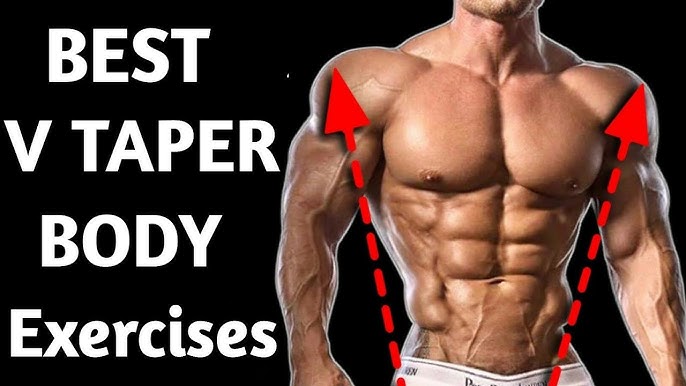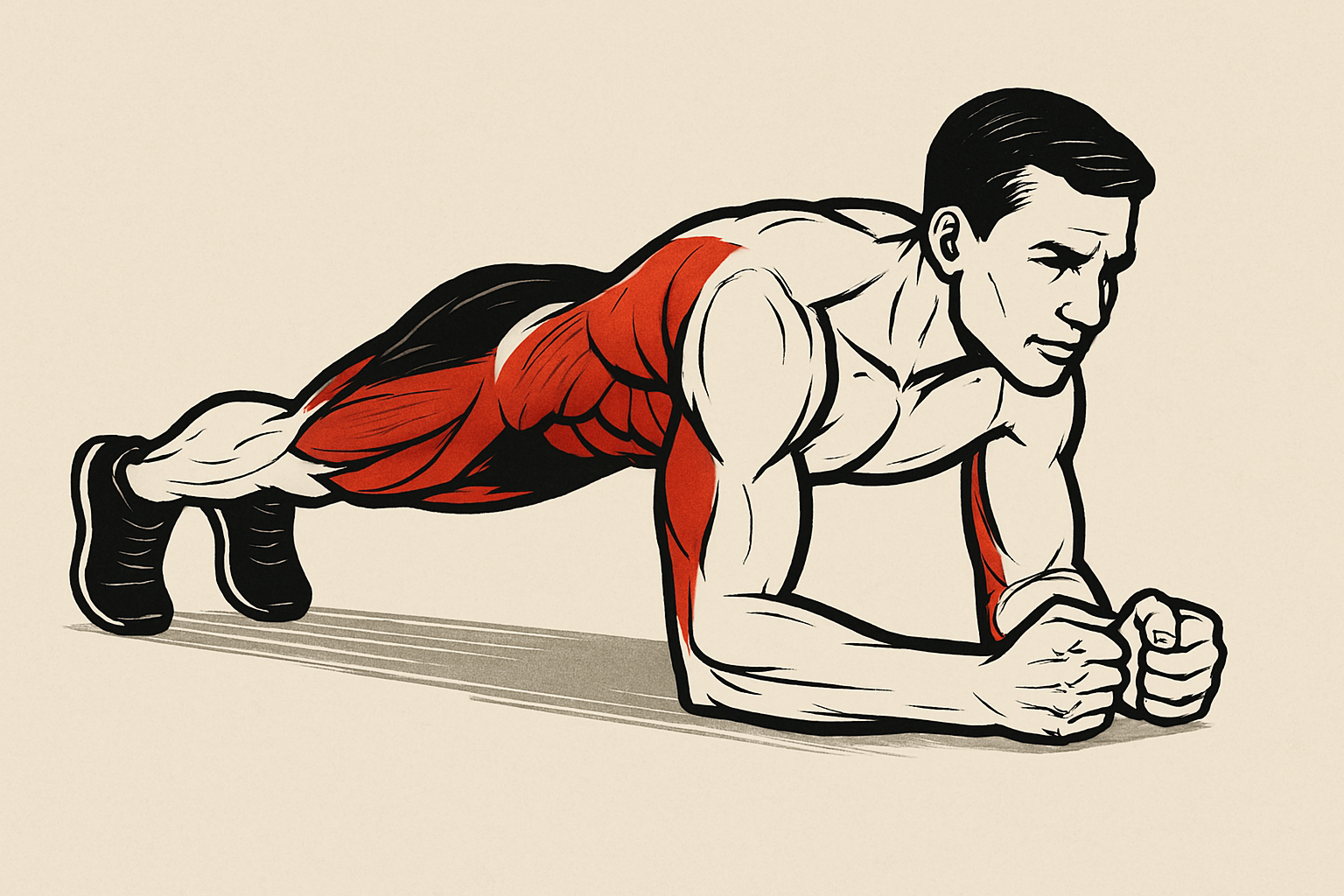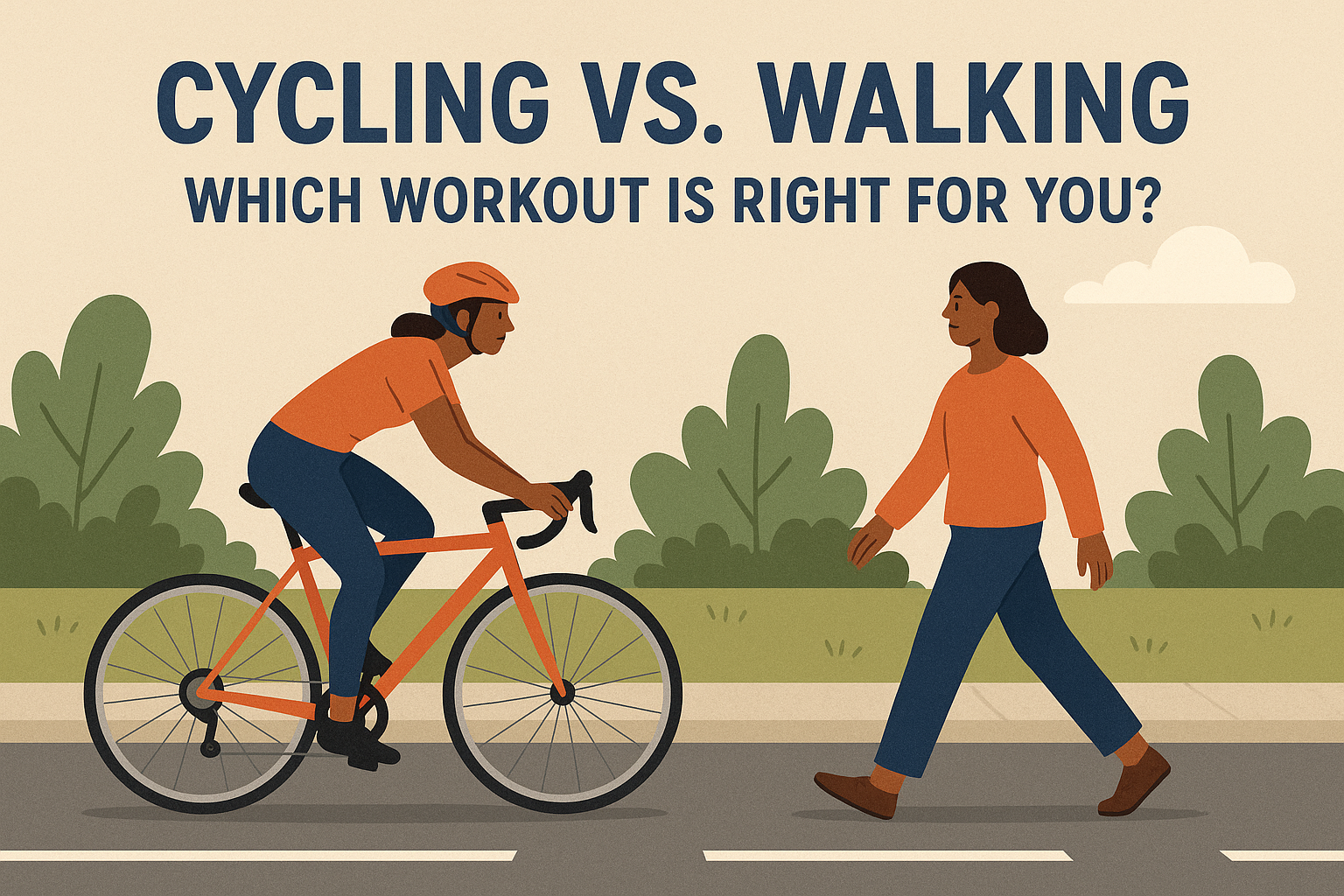Having a strong and toned upper body can greatly enhance your overall physique and confidence.
A well-defined V-taper shape, characterized by broad shoulders, a narrow waist, and a well-defined upper back, is a highly sought-after goal for many fitness enthusiasts.
Achieving a V-taper shape requires a combination of regular exercise, proper training, and a healthy lifestyle.
In this blog post, we’ll explore the exercises that can help you achieve a V-taper shape, including pull-ups, dumbbell rows, shoulder press, lateral raises, and reverse flys. These exercises target the key muscle groups that contribute to a V-taper shape, including the latissimus dorsi, trapezius, deltoids, and rhomboids.
By incorporating these exercises into your routine and following the tips outlined in this post, you can be on your way to achieving a stronger, more defined upper body and a V-taper shape that you’ll be proud of.
Understanding the V-Taper Shape
The V-taper shape is a highly desirable physique characterized by a narrow waist, broad shoulders, and a well-defined upper back. This shape is achieved when the muscles of the upper body, including the latissimus dorsi, trapezius, deltoids, and rhomboids, are well-developed and defined.
Characteristics of a V-Taper Shape
Narrow Waist: A narrow waist is essential for creating the V-shape. This can be achieved through a combination of exercise and a healthy diet.
Broad Shoulders: Broad shoulders help to create the V-shape by providing a wider base for the upper body.
Well-Defined Upper Back: A well-defined upper back, including the latissimus dorsi and trapezius muscles, helps to create the V-shape by providing depth and definition to the upper body.
Why is a V-Taper Shape Desirable?
A V-taper shape is desirable for many reasons, including:
Improved Posture: A strong and defined upper body can help to improve posture, reducing the risk of back pain and other injuries.
Increased Confidence: A well-defined V-taper shape can help to boost confidence and self-esteem.
Enhanced Athletic Performance: A strong and defined upper body can help to improve athletic performance, particularly in sports that require strength, power, and endurance.
Exercises to Get a V-Taper Shape
To achieve a V-taper shape, you’ll need to focus on exercises that target the key muscle groups, including the latissimus dorsi, trapezius, deltoids, and rhomboids. Here are five exercises that can help:
Exercise 1: Pull-Ups
Description: Strengthens latissimus dorsi muscles
Benefits: Improves posture, increases upper body strength, and enhances V-taper shape
Instructions: Hang from a pull-up bar with your hands shoulder-width apart, pull yourself up until your chin clears the bar, and lower yourself back down to the starting position.
Exercise 2: Dumbbell Rows
Description: Strengthens latissimus dorsi and trapezius muscles
Benefits: Improves posture, increases upper body strength, and enhances V-taper shape
Instructions: Hold a dumbbell in each hand, bend your knees slightly, and lean forward at the hips, keeping your back straight, lift the dumbbells to your sides until your elbows are at a 90-degree angle, and lower them back down to the starting position.
Exercise 3: Shoulder Press
Description: Strengthens deltoid muscles
Benefits: Improves posture, increases upper body strength, and enhances V-taper shape
Instructions: Stand or sit with your feet shoulder-width apart, hold a dumbbell or barbell at shoulder height, press the weight straight up over your head, and lower it back down to the starting position.
Exercise 4: Lateral Raises
Description: Strengthens deltoid muscles
Benefits: Improves posture, increases upper body strength, and enhances V-taper shape
Instructions: Stand or sit with your feet shoulder-width apart, hold a dumbbell in each hand at shoulder height, lift the dumbbells out to the sides until they are at shoulder height, and lower them back down to the starting position.
Exercise 5: Reverse Flys
Description: Strengthens trapezius and rhomboid muscles
Benefits: Improves posture, increases upper body strength, and enhances V-taper shape
Instructions: Stand or sit with your feet shoulder-width apart, hold a dumbbell in each hand with your arms extended, lift the dumbbells out to the sides until they are at shoulder height, and lower them back down to the starting position.
Tips for Incorporating Exercises into Your Routine
To get the most out of these exercises and achieve a V-taper shape, here are some tips to help you incorporate them into your routine:
Start Slowly
Begin with shorter exercise sessions and gradually increase the duration and intensity as you become more comfortable with the exercises.
Find Exercises You Enjoy
Choose exercises that you enjoy and that fit your lifestyle, making it more likely that you’ll stick to your routine.
Incorporate Exercise into Your Daily Routine
Try to incorporate exercise into your daily routine, such as during your lunch break or after dinner.
Consult with a Healthcare Professional
Before starting any new exercise program, consult with a healthcare professional to ensure that you’re healthy enough for physical activity and to discuss any concerns or limitations you may have.
Additional Tips
Warm up before each workout: Warm up with 5-10 minutes of light cardio and dynamic stretching to prepare your muscles for exercise.
Rest and recover: Allow time for rest and recovery between workouts, as this is when your muscles repair and grow.
Stay hydrated: Drink plenty of water throughout the day to stay hydrated and support muscle growth and recovery.
By following these tips and incorporating the exercises outlined in this post into your routine, you’ll be well on your way to achieving a V-taper shape and improving your overall health and fitness.
Conclusion
In conclusion, achieving a V-taper shape requires a combination of regular exercise, proper training, and a healthy lifestyle. By incorporating the exercises outlined in this post into your routine, you’ll be well on your way to strengthening your upper body and achieving a more defined V-taper shape.
Summary of Key Points
The V-taper shape is characterized by broad shoulders, a narrow waist, and a well-defined upper back.
The exercises outlined in this post, including pull-ups, dumbbell rows, shoulder press, lateral raises, and reverse flys, can help you achieve a V-taper shape.
Incorporating exercise into your daily routine, starting slowly, and consulting with a healthcare professional can help you get the most out of your workouts.
Next Steps
Start incorporating the exercises outlined in this post into your routine.
Focus on maintaining a healthy diet and lifestyle.
Consult with a healthcare professional or a certified personal trainer for further guidance on exercise and fitness.
By following these next steps and staying committed to your fitness goals, you can achieve a V-taper shape and improve your overall health and well-being.




